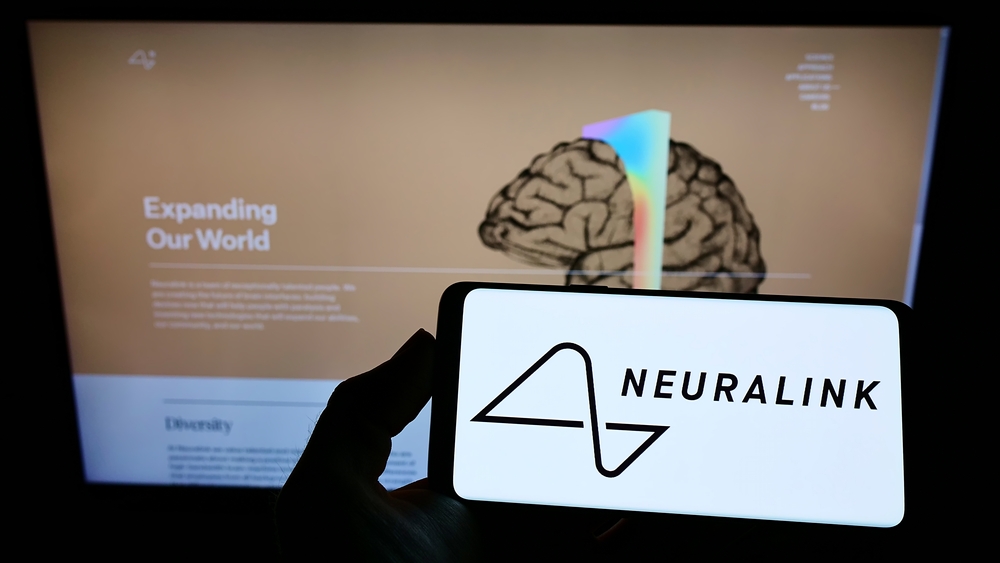Elon Musk announced yesterday that the first human had received a Neuralink brain implant and was recovering well.
The FDA gave the company the go-ahead last year for human trials of its brain-machine implants. Neuralink opened applications for people who wanted to participate in the study, which involves placing a small, cosmetically invisible implant in a part of the brain that plans movements.
The initial focus is on people who have “limited or no ability to use both hands due to cervical spinal cord injury or amyotrophic lateral sclerosis (ALS).”
Musk says the implant, now dubbed Telepathy, can “enable control of your phone or computer, and through them almost any device, just by thinking.” And with those words, we get closer to the long-term goal Musk has for Neuralink implants.
Neuralink’s stated mission is to “Create a generalized brain interface to restore autonomy to those with unmet medical needs today and unlock human potential tomorrow.”
Check out our latest video to learn more about our PRIME Study! 🧠📱 pic.twitter.com/7zTMFzdZsF
— Neuralink (@neuralink) November 22, 2023
Musk has previously stated that using brain-machine interfaces (BMI) to merge with AI is essential for humans to survive in a future of superintelligent machines.
While the ‘merging’ that Musk envisions may be some way off, there is merit in using a BMI to leverage the power of AI.
Computers and personal communication devices communicate a lot faster than we can. The flow of information from human to machine is painfully slow. We have to type words into a prompt, or, at best, speak them.
Neuralink aims to create a general-purpose, high-bandwidth interface to the brain so that our intentions can be communicated between ourselves and the technology we’ve created a lot faster.
Neuralink’s earlier trials using monkeys are a good example of the multiplier effect a brain implant like Telepathy could one day bring to humans.
The video below shows a monkey with a wireless brain implant trained to move a spot onto a square. Initially it uses a controller and receives a treat when successful. At the 1:39 point, the monkey thinks it’s using the controller, now unplugged, but it’s controlling the spot using the implant.
Towards the end of the video, the monkey shows off some pro-level skills at playing Pong. If the implant could enable a monkey to do that, what could it enable a human to do? Musk said, “Imagine if Stephen Hawking could communicate faster than a speed typist or auctioneer. That is the goal.”
With Neuralink, Musk intends to take the ‘if you can’t beat them, join them’ approach to a future in which he sees the inevitability of humans eventually being outsmarted by AI. The significant technological challenges of an AI-human mindmeld may well be eclipsed by the ethical ones.
No further information was made available about the first human to receive the Neuralink implant, other than Musk saying that “initial results show promising neuron spike detection.”
If a device like Telepathy can enable a paralyzed person to communicate, that will be incredible.
If it eventually sees us merging with artificial intelligence, that will be equal parts terrifying and intriguing.





